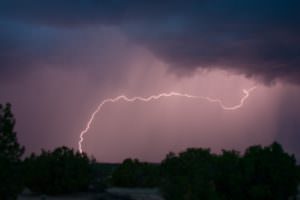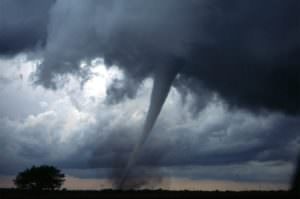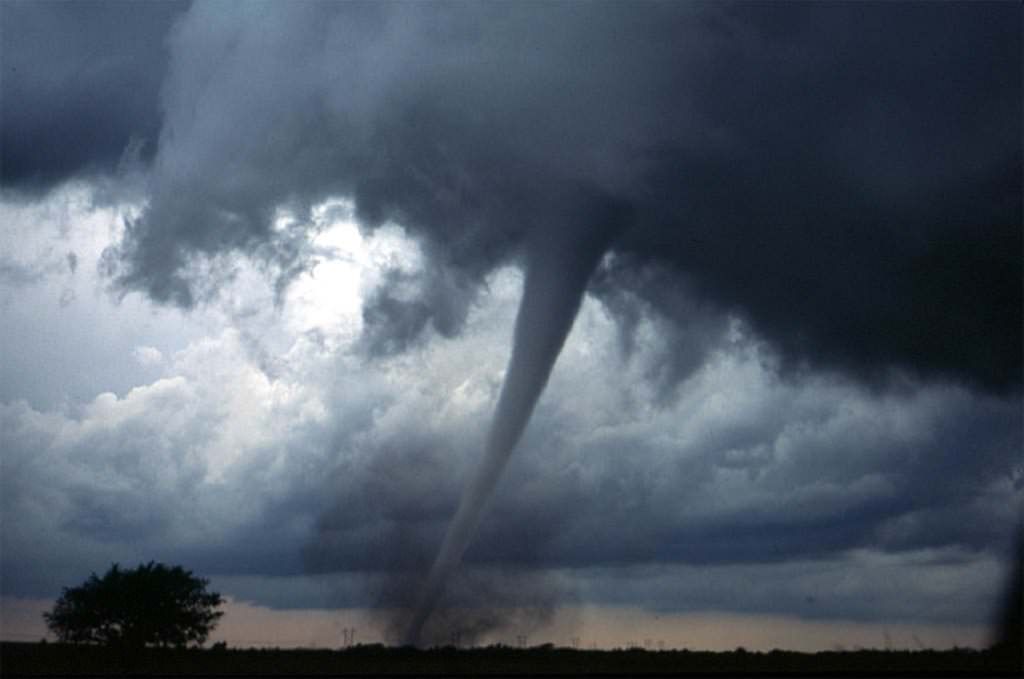Are you ready for severe weather?
Each year, Homeland Security and Emergency Management, a division of the Minnesota Department of Public Safety, collaborates with the National Weather Service and 16 state and local agencies and organizations to sponsor Severe Weather Awareness Week in Minnesota.
Minnesota Severe Weather Awareness Week is designed to educate and refresh everyone about the seasonal threats from severe weather and how to avoid them. The goal of this week is to enable citizens to be better prepared for severe weather and take appropriate action when necessary.
Each day of Severe Weather Awareness Week focuses on a different topic.
Monday, April 13: Weather alerts and warnings
Severe weather warnings are issued by the National Weather Service, while warning sirens are operated by each county. You can also sign up to receive personal weather alerts from the National Weather Service and/or local media outlets. Wireless emergency alerts may also be sent by authorities to all cell phones in specific area to warn of a dangerous situation or to provide critical information.
The National Weather Service issues advisories, watches, and warnings. Here’s what you need to know:
- An advisory may be issued when the weather poses significant inconvenience, damage, or injury
- A watch may be issued when weather conditions are favorable for a hazardous weather event
- A warning may be issued when a dangerous weather event is occurring or imminent or when there is likely to be a significant threat to life or property. When a warning is issued, you should take protective action immediately.
Tuesday, April 14: Severe storms, lightning, and hail
Severe storms
Thunderstorms generally affect small areas. A typical thunderstorm is 15 miles in diameter and lasts for about 30 minutes, although severe thunderstorms can produce large hail or have winds exceeding 50 mph. Some wind gusts can exceed 100 mph and produce tornado-like damage.
Storms may occur singly, in clusters, or in lines and warm, humid conditions are favorable for storm development. Ten percent of storms are severe with high winds and hail, although storms typically produce heavy rain for only a brief period.
Hail
Hail can range from pea-sized (most common) to baseball-sized. Large hail stones fall faster than 100 mph and can injure or even kill people.
Lightning

All thunderstorms produce lightning and a bolt of lightning can be over five miles in length. Lightning can strike up to 10 miles away from the center of a storm, but don’t worry – your chance of being struck by lightning once in your lifetime is 1 in 10,000 (National Weather Service Data).
“Heat” lightning doesn’t exist – it is flashes from a faraway storm that can’t be heard.
Remember the 30/30 lightning safety rule: If it’s less than 30 seconds from flash to thunder, find shelter. If it’s been 30 minutes since you last heard thunder, it’s safe to be outside.
Wednesday, April 15: Floods and flash floods
Floods are one of the most common natural hazards in Minnesota. Seasonal snowmelt floods tend to develop slowly, while flash floods can develop very quickly. The risks of flooding are greater in low-lying areas or near existing water.
How to prepare for a flood:
- Buy flood insurance (must be at least 30 days ahead of flooding)
- Elevate basement furnaces, water heaters, and electric panels
- Install check valves in sewer traps
- Construct barriers or dikes if possible
- Seal basement walls
- Prepare for evacuation if necessary. Have a plan and inform family and neighbors. Also make a “go kit” ready with valuables and important papers and enough supplies to last several days.
Thursday, April 16: Tornadoes

According to the National Weather Service, Minnesota experiences an average of 40 tornadoes per year. In 2012, 37 twisters touched down. A record was set in 2010 with 113 tornadoes across the state, more than any other state that year. Understanding this threat and knowing what to do when a tornado is approaching can save lives.
Tornadoes may strike quickly with little or no warning and can occur at any time, but most often occur in the late afternoon or evening.
During a tornado warning, you should do the following:
- Find strong shelter immediately, preferably inside a small interior room
- Get away from glass windows
- Leave mobile homes or trailers
- If outside, lie flat in a ditch or depression and cover your head
- If in a vehicle – stop and find shelter in a strong building nearby immediately
- Do not get under an overpass or bridge
- Watch out for flying debris
Statewide Tornado Drills on Thursday, April 16
Two of the most important events during Severe Weather Awareness Week are the annual statewide tornado drills when sirens across the state will sound off. These drills are scheduled for Thursday, April 16, 2015 at 1:45 p.m. and 6:55 p.m.
Outdoor warning sirens and NOAA Weather Radios will sound in a simulated tornado warning. The first drill is intended for institutions and businesses. The evening drill is intended for second shift workers and families.
Friday, April 17: Extreme heat
Extreme heat is one of the most dangerous severe weather situations, as heat-related fatalities outpace deaths in several other weather categories. Based on a national average from 1992-2001, excessive heat claimed 219 lives each year, compared with deaths from floods (88), tornadoes (57), lightning (52), and hurricanes (15).
There are three kinds of illness due to extreme heat:
- Heat cramps: these are muscular pains and spasms that usually occur in the legs or abdomen caused by exposure to high heat and humidity, and loss of fluids and electrolytes. If you suffer from heat cramps, find a cool location to rest and take fluids (water or sports drinks).
- Heat exhaustion: this typically involves the loss of body fluids through heavy sweating during strenuous exercise or physical labor in high heat and humidity. Signs of heat exhaustion include cool, moist, pale or flushed skin; heavy sweating; headache; nausea; dizziness; weakness; and exhaustion.
- Heat stroke: also known as sunstroke, heat stroke is a life-threatening condition in which a person’s temperature control system stops working and the body is unable to cool itself. Signs of heat stroke include hot, red skin which may be dry or moist; changes in consciousness; vomiting; and high body temperature. Heat stroke is life-threatening. If you think you or someone else may be suffering from heat stroke, call 911 immediately.
Severe weather awareness week varies from state to state, with Iowa’s Severe Weather Awareness Week on March 23-27, 2015. Severe weather can occur anywhere, so it’s important to have the information and awareness to be prepared for any kind of severe weather situation. Take advantage of Severe Weather Awareness Week to review your emergency procedures and prepare for weather-related hazards.

